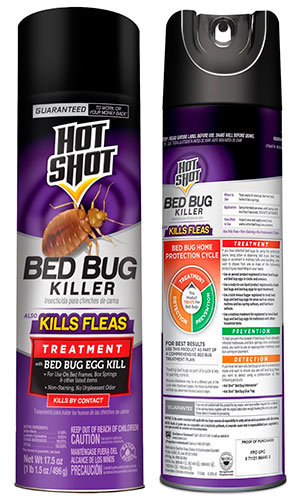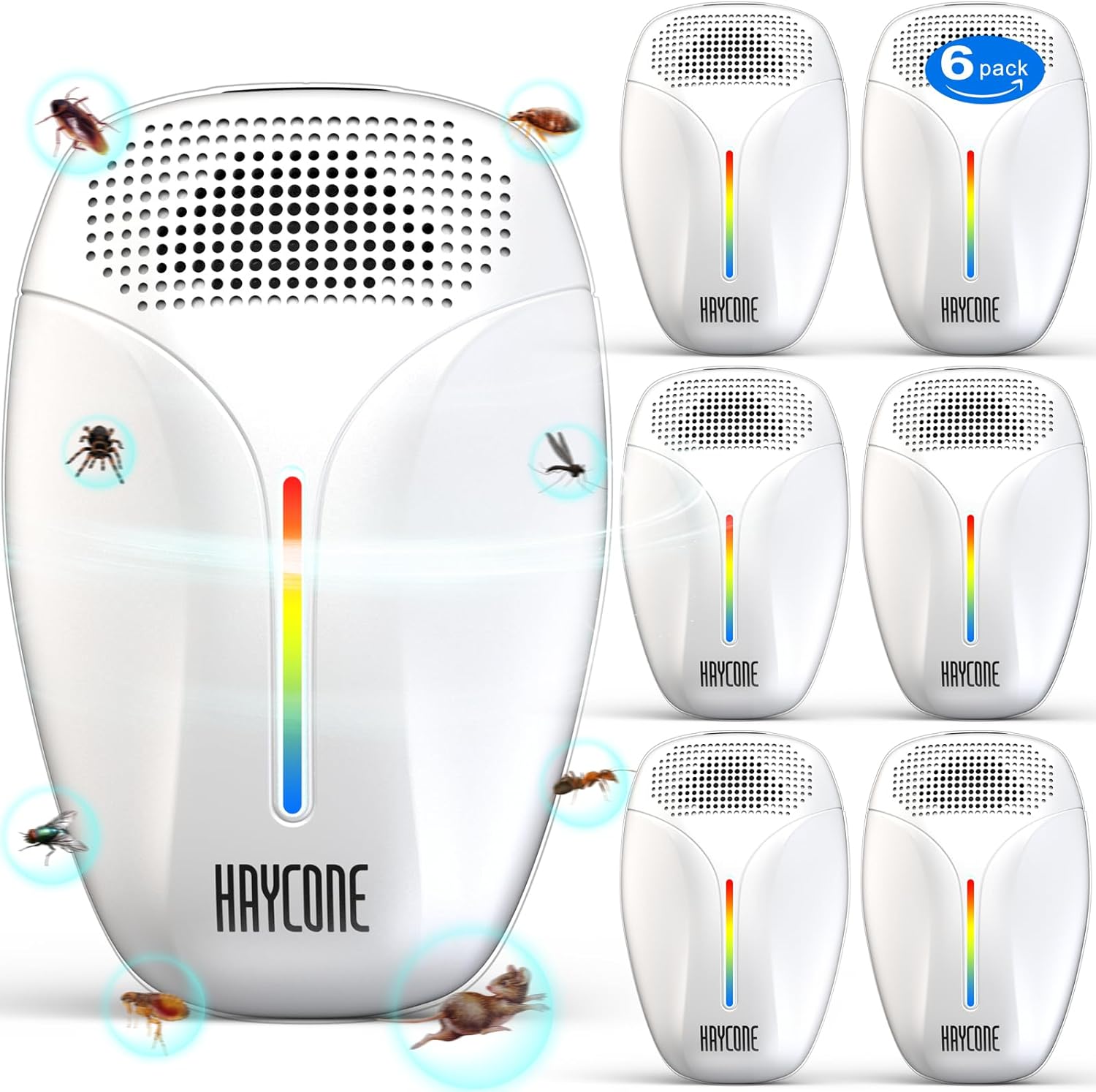Bed Bug Control & Removal
Bed bugs are persistent household pests that feed on human blood while you sleep. These resilient insects can hide in mattresses, furniture, and walls, making them particularly challenging to eliminate. Early detection and proper treatment are crucial for successful bed bug control.
Recommended Products
Ortho Home Defense Max Bed Bug Spray
Ortho Home Defense Insect Killer provides long-lasting protection against common household pests like ants, roaches, and spiders. Its ready-to-use spray formula creates an indoor and outdoor barrier to prevent infestations for up to 12 months.
- Long-Lasting Protection
- No Staining, No Odor
- Easy Application
Hot Shot Bedbug & Flea Killer Aerosol
Hot Shot Bedbug & Flea Killer Aerosol is a powerful, fast-acting solution designed to eliminate bedbugs, fleas, and other pests on contact. The aerosol spray is ideal for treating furniture, mattresses, and other hard-to-reach areas, providing long-lasting protection against infestations.
- Kills on Contact
- Fast-Drying Formula
- Indoor use
Haycone Ultrasonic Pest Repeller
This upgraded ultrasonic pest repeller uses advanced sound wave technology to drive away pests like ants, rodents, cockroaches, spiders, and mosquitoes. Safe for humans and pets, it provides a non-toxic, chemical-free solution for keeping your home pest-free.
- Ultrasonic Technology
- Safe & Eco-Friendly
- Wide Coverage
⚠️ Important Warning Signs
- Blood stains on sheets/pillowcases
- Dark spots (bed bug excrement)
- Bed bug shells/skin casings
- Musty, sweet odor
- Live bed bugs visible at night
🚨 When to Call a Professional
- Multiple rooms infested
- Repeated DIY treatment failures
- Living in multi-unit housing
- Severe allergic reactions to bites
- Recurring infestations
🏥 Health Concerns
- Severe allergic reactions: Seek immediate medical care
- Secondary infections from scratching
- Sleep deprivation
- Anxiety and psychological distress
- Anemia (rare, severe cases)
🔍 Identification & Signs
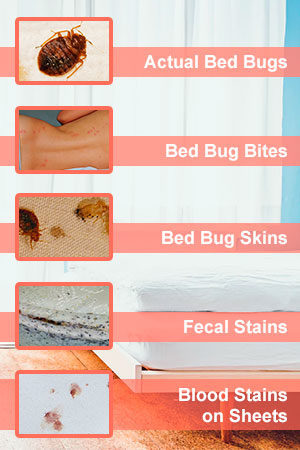
Do Bed Bugs Go Away On Their Own? Why Waiting Won't Work!
If you’re wondering, “Do bed bugs go away on their own?”, the short answer is no. Bed bugs are resilient…
Read More →🏡 DIY Removal Guides
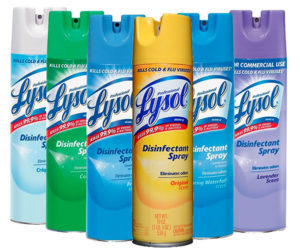
12 Home Remedies to Get Rid of Bed Bugs: Natural DIY Solutions That Work
When you discover bed bugs in your home, your first instinct might be to reach for commercial pesticides. But what…
Read More →🛑 Prevention Tips
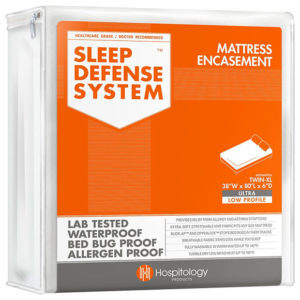
Top 6 Best Bed Bug Mattress Covers: Complete Protection for Your Bed
The telltale sign of bed bugs can turn a peaceful bedroom into a nightmare overnight. These resilient pests not only…
Read More →🔬 Professional Solutions & Products
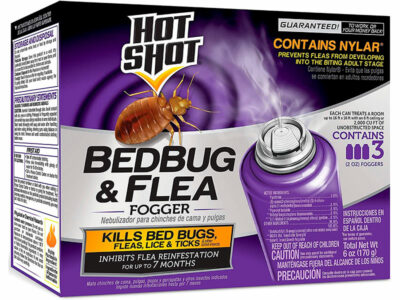
Bed Bug Bombs: Complete Guide to Foggers [2025]
You’re waking up with itchy red bites in clusters on your body. Your bedding has dried blood spots and little…
Read More →- Professional Tent Fumigation for Bed Bugs: Complete Guide
- 5 Best Essential Oils for Bed Bugs: Natural Remedies That Work
- Best Bed Bug Sprays of 2025: Complete Comparison & Buyer's Guide
- 5 Best Bed Bug Heaters of 2025: Complete Buyer's Guide & Reviews
- Bed Bug Strips: Complete Guide to Using Pest Strips
- Best Vacuum for Bed Bugs: Complete Buying Guide
- Best Insecticide for Bed Bugs in 2025: Complete Guide & Reviews
- 5 Best Bed Bug Traps of 2025: Complete Detection & Prevention Guide
- Best Steamers for Bed Bugs (2025): Top 7 Models Compared & Buying Guide
- Best Bed Bug Powder of 2025: 7 Effective Products Compared
🐜 Related Pests
Often confused with or found alongside:
🔍 Signs & Lifecycle
- Eggs: 1mm, pearly white
- Nymphs: 5 stages, need blood
- Adults: Live 4-6 months
- Breeding: 1-3 eggs daily
📍 Common Hiding Spots
- Mattress seams and tags
- Box spring joints
- Headboard crevices
- Baseboards and outlets
- Picture frames
Frequently Asked Questions
How can I check for bed bugs?
Inspect mattress seams, headboards, and nearby furniture using a flashlight. Look for rusty/reddish stains, dark spots, eggs, and live bugs. Check at night when bed bugs are most active.
How long does treatment take?
Professional treatment typically requires 2-3 visits over 2-4 weeks. Complete elimination may take up to 8 weeks depending on infestation severity and treatment method.
Can bed bugs spread disease?
While bed bugs can carry pathogens, there's no evidence they transmit diseases to humans. However, their bites can cause allergic reactions and secondary infections from scratching.
Do I need to throw away my mattress?
Not necessarily. With proper treatment, mattresses can be saved using encasements. However, heavily infested or damaged mattresses may need replacement.
How do bed bugs spread?
Bed bugs travel on luggage, furniture, clothing, and other items. They're common in hotels, apartments, and shared living spaces. They don't jump or fly but crawl quickly.
What temperature kills bed bugs?
Bed bugs die at 120°F (49°C) or above. They also die at 0°F (-18°C), but must be exposed for at least 4 days. Heat treatment is more effective than cold.
Are DIY treatments effective?
Some DIY methods can help control small infestations, but most require professional treatment. Over-the-counter products often provide incomplete control and may scatter bugs.
How can I prevent bed bugs when traveling?
Inspect hotel rooms, keep luggage elevated and away from beds/walls, check belongings before returning home, and heat-treat clothes immediately upon return.
Do bed bugs only live in beds?
No, they can live anywhere within 8 feet of a feeding site. Common spots include furniture, baseboards, picture frames, electrical outlets, and even wall voids.
How much does professional treatment cost?
Treatment costs vary by location and infestation severity, typically ranging from $300-$5,000. Multiple treatments are usually needed for complete elimination.

